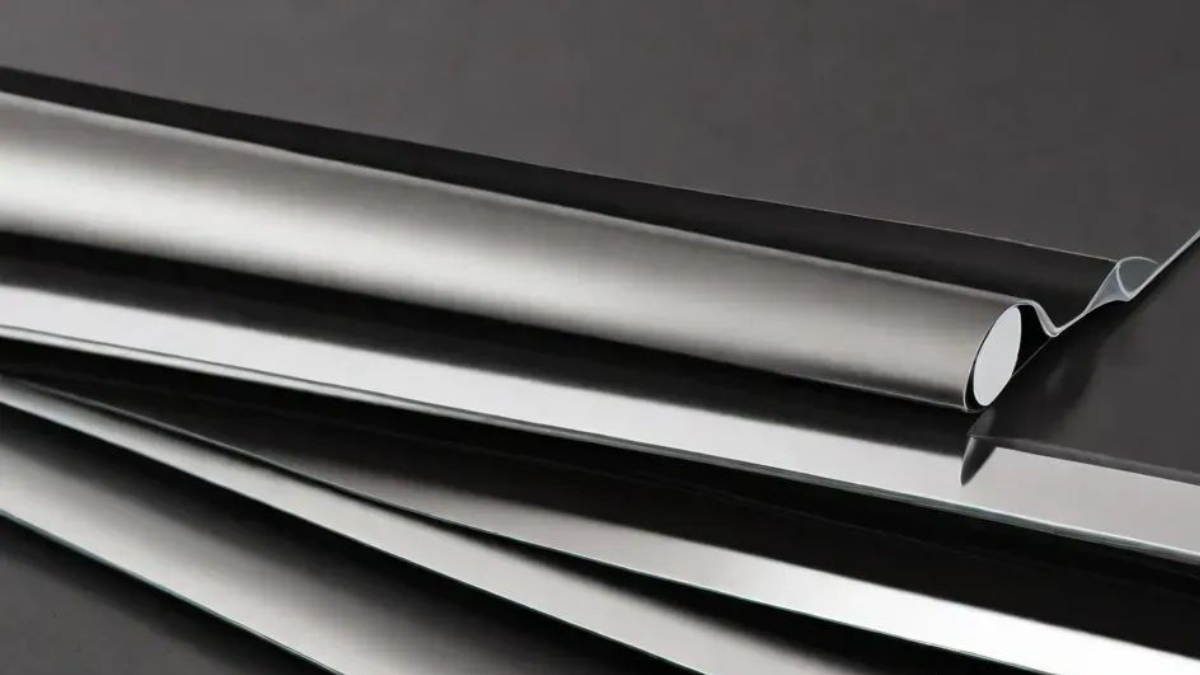
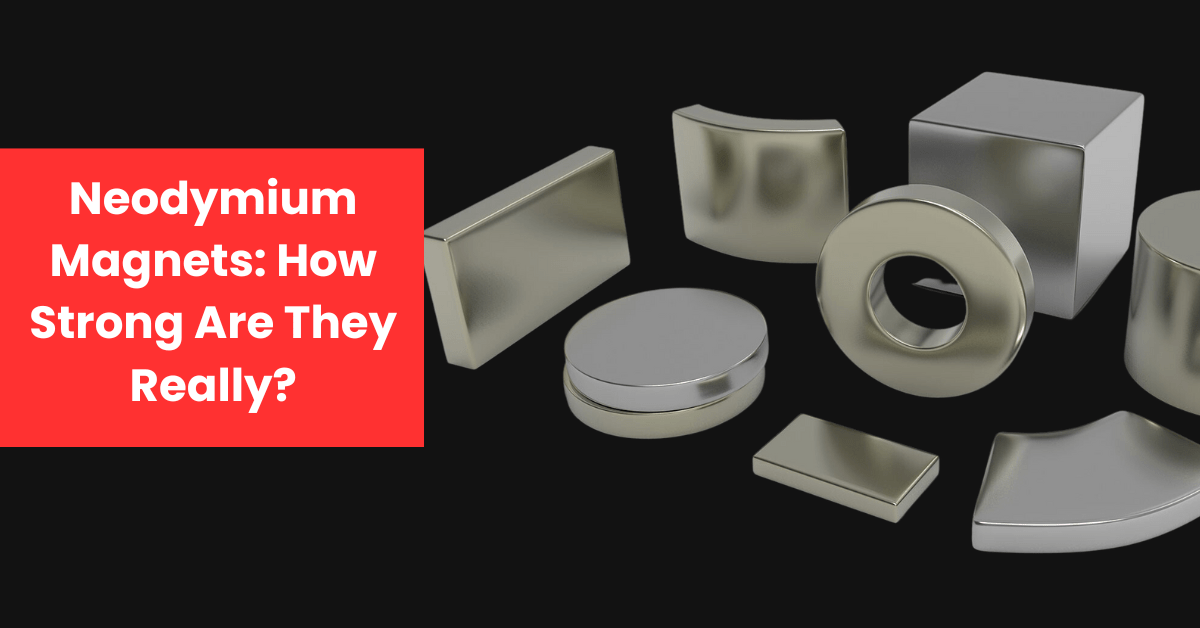
Neodymium magnet?
Sure, some may take time to pronounce it rightly.
But it cannot be denied that they are the strongest magnet on the earth. If you haven’t used neodymium magnets before, you will be amazed by the strength they hold.
In fact, you must be using them in your everyday life in some form or other as they are used in a range of applications, from medical devices to therapies and audio devices to automobiles.
In this blog, we will learn about the strength of neodymium magnets as well as their uses and other key things.
First of all, let’s walk through this quick definition of a neodymium magnet.
Known for its powerful magnetic field, neodymium(pronounced as nee·ow·di·mee·uhm)is a rare earth magnet made from an alloy of boron, iron, and neodymium.
Also known as NdFeB or Neo Magnets, they have a very high magnetic field strength, which means they can attract or repel other magnets from a considerable distance.
Neodymium magnets are widely used in many applications, such as electric motors, hard drives, headphones, and even in medical devices.
The neodymium magnet was first developed in the 1980s and quickly became popular due to its strength and small size. These magnets have a very high magnetic field strength, which means they can attract or repel other magnets from a considerable distance.
They are also very resistant to demagnetization and can maintain their magnetic properties over a long period.
Neodymium magnets come with an incredible magnetic field.
A 2-gram (0.07 ounce) piece is enough to stick a substance more than 640 TIMES than its weight.
Even this can generate a force of over 1700 grams (3.75 pounds). They are over 10 times stronger than the strongest ceramic magnets.
Here I would like to mention an experiment done by scientists to test the strength of neodymium magnets.
The researchers placed two neodymium magnets with opposite magnetic poles on both sides. They placed some objects in the middle. One of those objects was a can of Coca-Cola. The can be instantly crushed when the magnets were released. The rest you can imagine—the soda scattered all over the place.
Next, the researchers tested an apple to see how strong the neodymium magnets could be. The apple could not withstand the powerful magnetic force, ending up being squeezed and deformed.
The researchers were surprised to see how the apple was slowly crushed into dozens of pieces, further highlighting the incredible strength of these magnets.
Neodymium magnets are made primarily of neodymium, iron, and boron, which are all rare earth elements. The process of making neodymium magnets requires precise control over the manufacturing conditions, including temperature, pressure, and magnetic field strength.
Any slight deviation from the optimal conditions can affect the final properties of the magnet, including its strength and durability.
Neodymium magnets are manufactured using two primary methods: sintered and bonded. Both methods involve the use of neodymium, iron, and boron, but they differ in the manufacturing process and the resulting properties of the magnet.
While sintered magnets are generally stronger than bonded magnets, bonded magnets offer more flexibility in shape and magnetization. Additionally, bonded magnets are less brittle than sintered magnets and can be more resistant to corrosion.
Neodymium magnets are used in a wide range of industrial and technological applications due to their exceptional strength and versatility. Here are some common uses:
Neodymium magnets are used to make high-performance electric motors for various applications, including hybrid and electric vehicles, wind turbines, and industrial machinery.
Hard disk drives have tracks and sectors that are magnetized when data is written, allowing data to be stored and accessed efficiently.
Microphones, headphones, and loudspeakers use current-carrying coils and magnets to convert electrical energy into sound waves.
Even dentures and other medical devices use magnets to function properly. In fact, tiny neodymium magnets are often used in dental implants and other medical applications.
Neodymium magnets are also commonly used in door catches found in commercial and residential buildings.
Neodymium magnet is also used in “therapy” jewelry such as necklaces and bracelets.
Neodymium magnets are used in anti-lock brake sensors found in modern cars. These sensors use neodymium magnets wrapped inside copper coils to detect wheel rotation and prevent the wheels from locking up during sudden stops, improving vehicle safety. It’s amazing how magnets, like neodymium, play a crucial role in various aspects of our daily lives!
Magnetic Resonance Imaging (MRI) technology utilizes neodymium magnets to diagnose and treat a variety of health conditions, ranging from chronic pain syndrome and arthritis to wound healing, insomnia, headaches, and several other diseases. These powerful magnets generate a static magnetic field that enables doctors to obtain accurate images of the body’s internal organs and tissues, helping them to identify and treat various ailments with precision and efficiency.
(And here comes the surprise use of neodymium magnet….
NASA uses neodymium magnets to support the muscular tonus of their astronauts on space flights.)
A: Yes, neodymium magnets can be dangerous if they are mishandled or swallowed. They are very strong and can pinch fingers or other body parts if they are not handled with care. If swallowed, they can cause serious internal damage and medical attention should be sought immediately.
A: Neodymium magnets should be handled with care. They should be kept away from pacemakers and other electronic devices, as well as small children and pets. When handling them, gloves and eye protection should be worn to prevent pinching injuries.
A: Yes, neodymium magnets can be recycled. They can be melted down and reused in new magnet applications.
A: Neodymium magnets are permanent magnets and can last for many years if they are not subjected to external factors such as heat or mechanical stress. However, their strength may gradually decrease over time due to natural demagnetization processes or exposure to certain conditions, such as high temperatures above their Curie point, which can cause them to lose their magnetic properties.
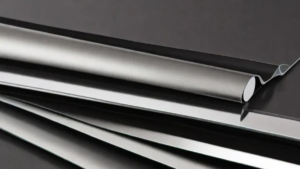
Magnetic sheeting is a flexible material that can be magnetized on one side and often has an adhesive or printable surface on the other. It
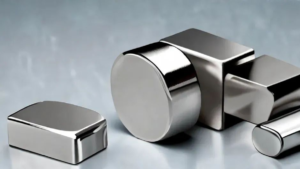
Magnets come in various shapes and sizes, each designed for specific uses. Understanding the different shapes of magnets, their properties, and their applications can help
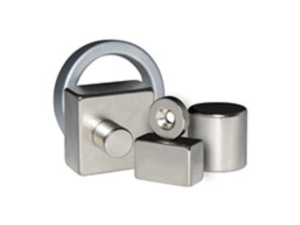
Magnets are a fascinating part of our everyday lives, from the magnets on our fridge doors to the powerful magnets used in advanced technology. There
Our magnet experts will help you get exactly what you need – custom or stock – in record time with great quality at a very competitive price.
Ⓒ 2024 - All Rights Are Reserved